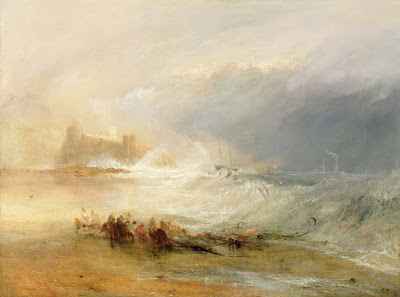
Alberto Savinio’s “Family of Lions,” from 1927, one of 22 of his paintings on display at the Center for Italian Modern Art.
"The Greek-born Italian artist Alberto Savinio spent most of his life in the shadow of his older brother, Giorgio de Chirico, famed as the pioneer of Surrealist painting. It remains to be seen if he will spend eternity there. The question is not settled by “Alberto Savinio,” a rare exhibition of 22 of his paintings at the Center for Italian Modern Art in SoHo, but it is given a tantalizing spin. Savinio (1891-1952) was born in Athens to a family of Italian-speaking Greeks and went to Italy as a teenager. He changed his name in 1914, during a sojourn in Paris (1911-1915) with his brother, who was already becoming known for the dreamlike metaphysical paintings that proved foundational to Surrealism. These efforts, as de Chirico admitted, had been formulated with the multitalented Savinio, who worked variously during his life as poet, novelist, critic, composer, pianist and set designer as well as a painter. ..."
NY Times
Alberto Savinio’s Pre-Postmodern Grotesque
[PDF] The Other Brother: Alberto Savinio Gets A Rare Exhibition at the Center for Italian Modern Art















































